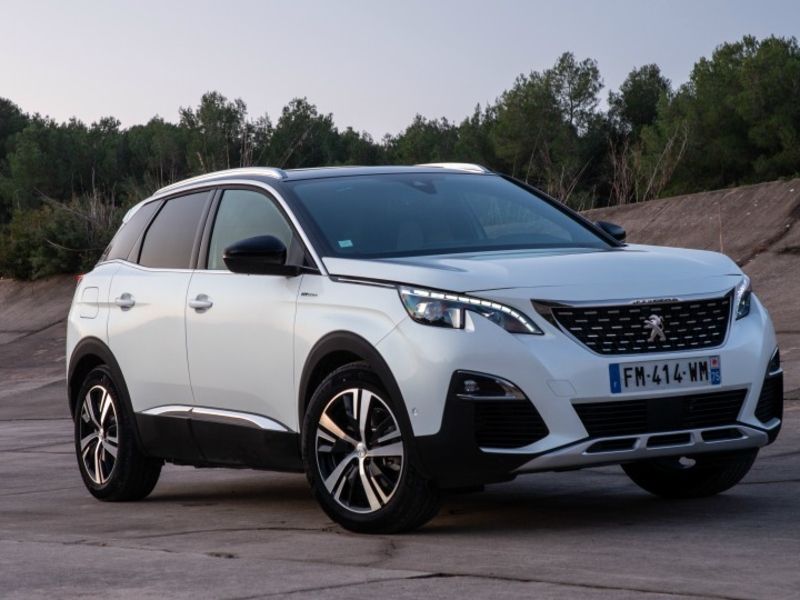
PSA Group may reconsider its plans to re-enter the U.S. market with the Peugeot brand following the imminent completion of the merger between Fiat Chrysler and PSA, which will give the newly formed company an established presence in the country, Peugeot CEO Jean-Philippe Imparato said.
PSA’s strategic plan calls the French automaker to return to U.S. retail sales by 2026, and in 2019 the group’s CEO, Carlos Tavares, said the brand would be Peugeot, which left that market in the early 1990s. Peugeot is PSA’s top-selling brand. Its other marques are Opel, Citroen and the upscale DS Autos.
Tavares will be the CEO of the merged company, Stellantis, which will include FCA’s American brands Jeep, Ram, Dodge and Chrysler. Jeep and Ram in particular have been highly profitable with their lineups of pickups and SUVs.
But the merger, to be completed Saturday with listings on the Paris, Milan and New York stock exchanges early next week, has made that plan less certain, Imparato told British journalists in an online discussion on Thursday.
One of the rationales for the merger, from PSA’s side, is that it will create better geographic balance. The vast majority of PSA sales and revenues come from Europe.
“We were last speaking about [Peugeot’s U.S. re-entry] a year and a half ago, before Stellantis,” Imparato said. “We can’t not take into account that in the coming days Peugeot will be part of this new world. I imagine in the coming months due to the new strategy we will have to adapt and reconsider all elements, including this one.”
Imparato said it was important that the company didn’t overlap brands. He said, however, that the possible reintroduction of Peugeot into the US was still “on the table” for the future.
Peugeot exited the U.S. market in 1991, driven out by a recession, slumping sales and the rising costs of U.S. regulations. The company had sold just 4,292 cars in 1990, nearly 80 percent below 1984 levels.
Tavares said in an interview in December with Automotive News Europe that ahead of the closing of the merger, the plan to bring Peugeot back to North America remained on track. He said the group’s team in Atlanta, Ga., was “bringing us many ideas in terms of logistics, in terms of maintenance, in terms of the distribution model, in terms of marketing communication.”
“Whatever we decide in the Stellantis world, all of those ideas will improve the way we go to market and the way we run the business,” he added.
Commentators in the U.S. have pointed to the poor sales of Stellantis brand Fiat in the country as a warning sign for Peugeot’s chances of re-establishing itself. Fiat has dropped the 500 minicar, 500L minivan and 124 roadster from its North American lineup, leaving just the 500X small crossover.
The U.S. is a famously difficult market to crack for new brands.
“It took the Japanese 20 years and the Koreans 30 years,” Brian Gu, president of Chinese EV start-up Xpeng, told Automotive News Europe in a recent interview to explain why he preferred to start the company’s global expansion in Europe instead.
Peugeot will concentrate on its core markets of Europe, the Middle East, Africa and Latin America, Imparato said. “In the next months I have to feed my base camp, as well as come back on track in China,” he said.